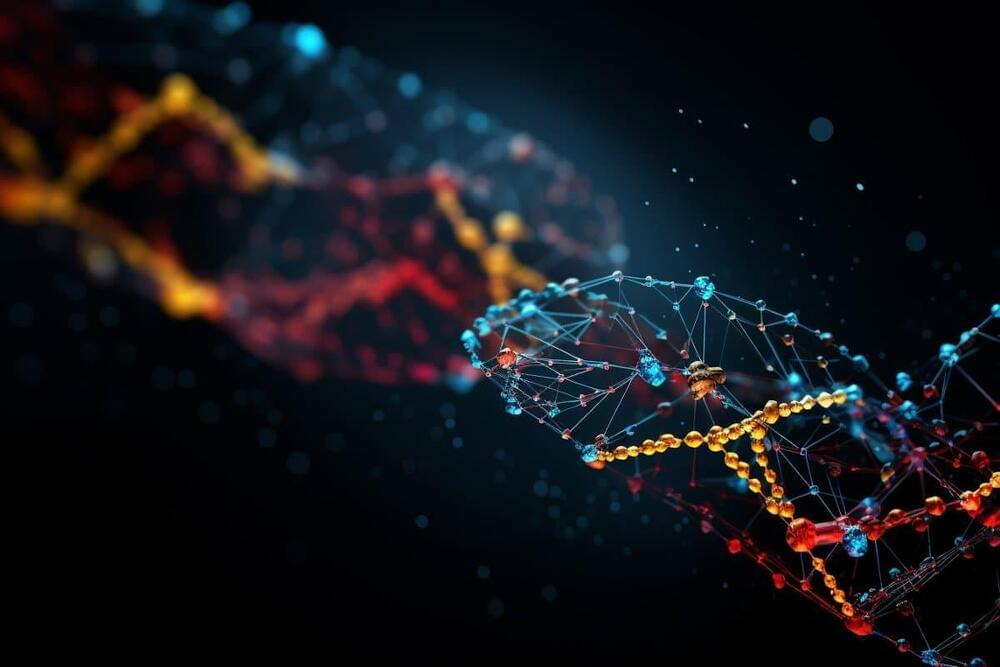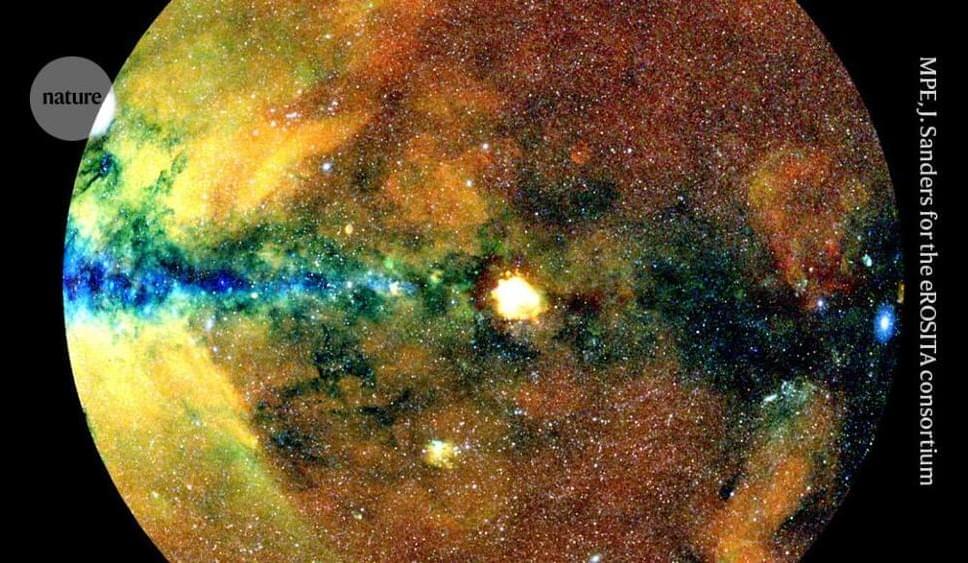“Focus has been on how cells become mechanosensitive, how cell adhesion became mechanosensitive through the recruitment of mechanosensitive proteins like talin, vinculin, and also other proteins,” said Sangyoon Han, a mechanobiologist at Michigan Technological University who was not involved in the study. “But not many studies were around to tell if there is any kind of premechanosensitive processes that act as a seed for the original binding of this mechanosensitive binding.”
Cooper’s team imaged adhesion formation at the cell surface interface using total internal reflection (TIRF) microscopy and observed that activated Cas clustered at this site almost a full minute before mechanosensing proteins arrived or β1 integrin was activated. They depleted Cas with siRNA and inactivated it to determine this protein’s role in the developing adhesion site. “When we remove Cas from cells, or inhibit its phosphorylation, or inhibit stuff downstream of Cas, the integrin clustering doesn’t really happen,” Cooper said. The Cas-depleted cells attached poorly to surfaces and were immobile.
Finally, the group identified a positive feedback loop between Cas and Rac1, which drives actin polymerization and is important in forming focal complexes that promoted cell adhesion formation.5,6 Cas phosphorylation activated Rac1, which in turn generated reactive oxygen species, which promoted additional Cas activation. Cas degradation regulated this loop.

















